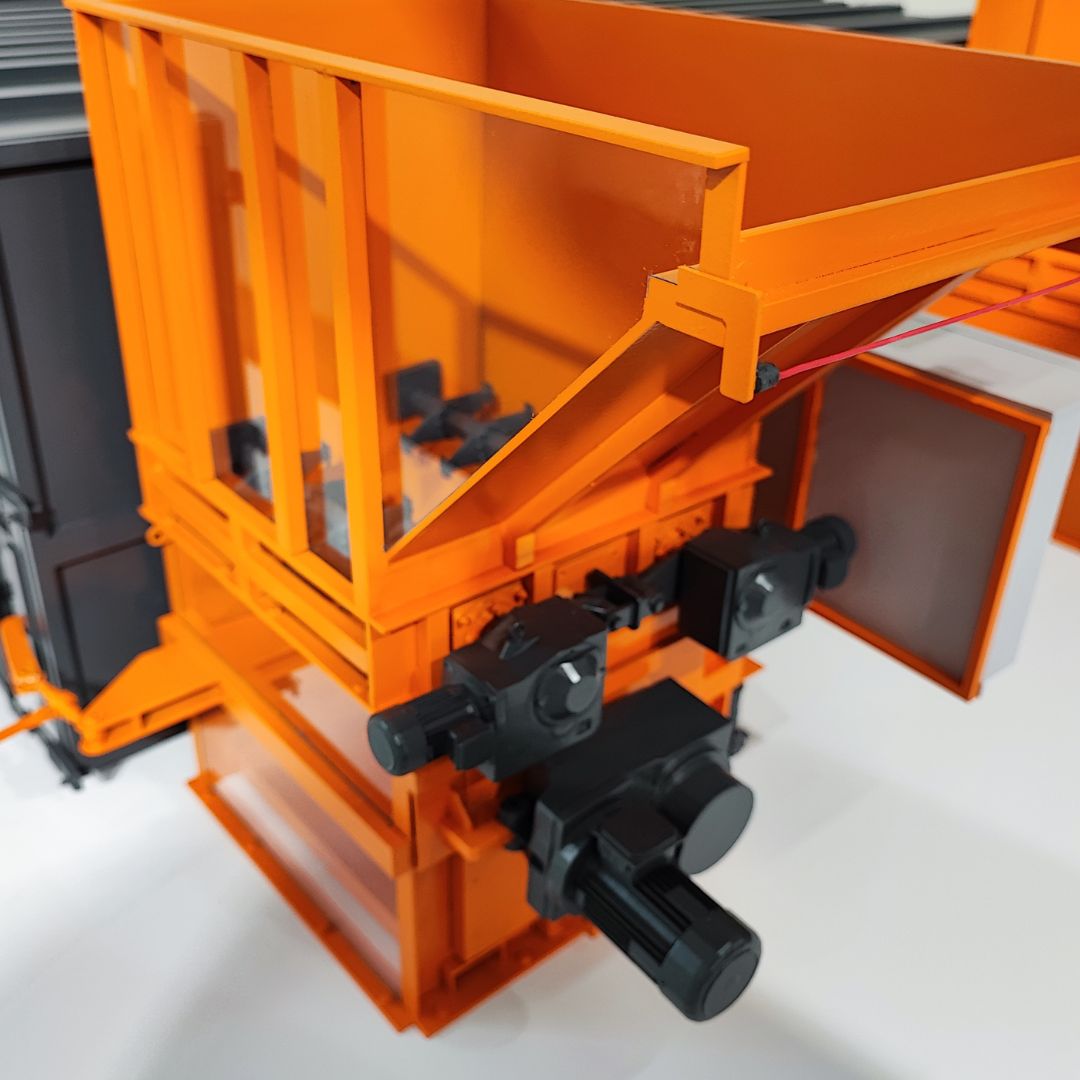The Importance of Industrial Models in the Industrial Sector
Industrial models serve a crucial role in today's fast-paced industrial landscape. From design visualization to marketing, these models offer numerous benefits. Here are key points outlining the importance of industrial models:
Design Visualization
Industrial models are essential tools for realistically visualizing ideas and concepts during the design process. They provide a deeper understanding of details that may not be fully apparent in 2D drawings or other design tools.
Error Detection and Improvements
Models play an important role in identifying potential errors and making design adjustments. A scale model is the perfect tool for testing a design’s functionality and user-friendliness.
Client Presentation
Industrial models offer a stunning visual aid for presenting a product or project to potential clients or stakeholders. They highlight the design’s details, scale, and aesthetics, thereby instilling greater understanding and confidence among clients.
Marketing and Sales Support
Industrial models are effectively employed in the marketing and sales process of a product. They offer a physical representation of the product in its actual size, delivering a superior customer experience.
Training and Communication Tool
Industrial models facilitate training and communication processes related to using a product or structure. They simplify the understanding of complex systems and improve overall communication.
Investment and Financial Assessment
Models crafted for extensive projects or industrial setups ease the assessment and decision-making process for investors and financial institutions.
In summary, industrial models hold a pivotal role in various sectors including design, marketing, communication, training, and financial evaluation. They serve as a realistic visualization and communication medium, promoting a better understanding of products or projects, error detection, and design improvements.




















